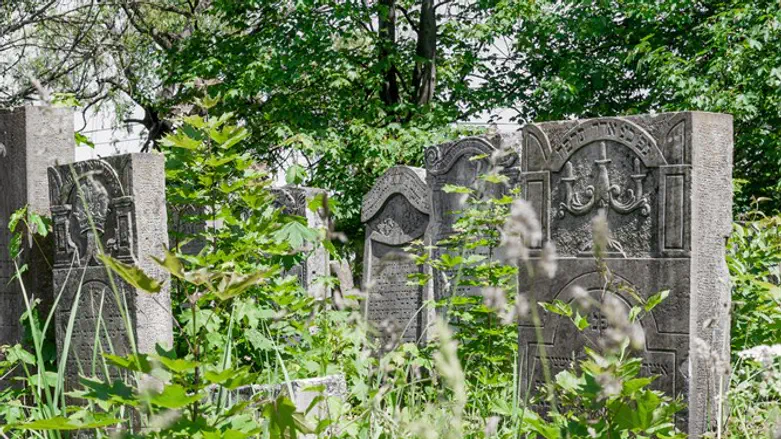
When German air force pilots took aerial photographs of western Ukraine in 1941, they did it to help Nazi Germany defeat the Soviet Union in a war that saw the genocide of 6 million Jews.
But in a twist of fate, the German government has recently started funding an effort that uses the photographs to identify and preserve Jewish cemeteries.
The effort, in which the Luftwaffe archives are only one of several ingenious tools, began in 2015 with the establishment of an organization called the European Jewish Cemeteries Initiative, or ESJF. The largest-ever international project of its kind, ESJF has since fenced more than 100 Jewish cemeteries in seven countries on a modest annual budget of approximately $1 million.
And in Eastern Europe, fencing Jewish cemeteries is “not as straightforward as it may sound,” according to Philip Carmel, a British former journalist, the organization’s CEO since its creation.
Even determining the location of such graveyards can be challenging in towns with entire Jewish populations that were murdered and cemeteries plundered for construction material and then stolen for development.
That’s where the Luftwaffe aerial photographs enter the picture, Carmel said.
“Obviously they were taken to help the German war effort,” Carmel said of the prints and negatives that he pulled from German state archives. “But they were accurate enough to help us identify some Jewish cemeteries right before the destruction.”
In the western Ukrainian town of Buchach — the birthplace of the Jewish Nobel Prize laureate Shmuel Yosef Agnon and Nazi hunter Simon Wiesenthal — Jews for generations buried their dead atop a mound that in 1941 stood on the town’s northern margins.
But after the murder of the area’s 10,000 Jews during the Holocaust, the forest adjacent to the cemetery was allowed to swallow it up, leaving exposed only a few dozen headstones. Fragments of others used to lie in piles on the shoulders of the potholed asphalt road that snakes along Buchach’s Torgova Street.
The forest’s progression and the destruction caused to the headstones – locals throughout Eastern Europe steal them to use as sharpening stones or building material – complicated efforts to map the cemetery. The Luftwaffe aerials show its borders clearly, explained Carmel, who last year oversaw its demarcation. It is now set for fencing later this year, complete with retaining walls.